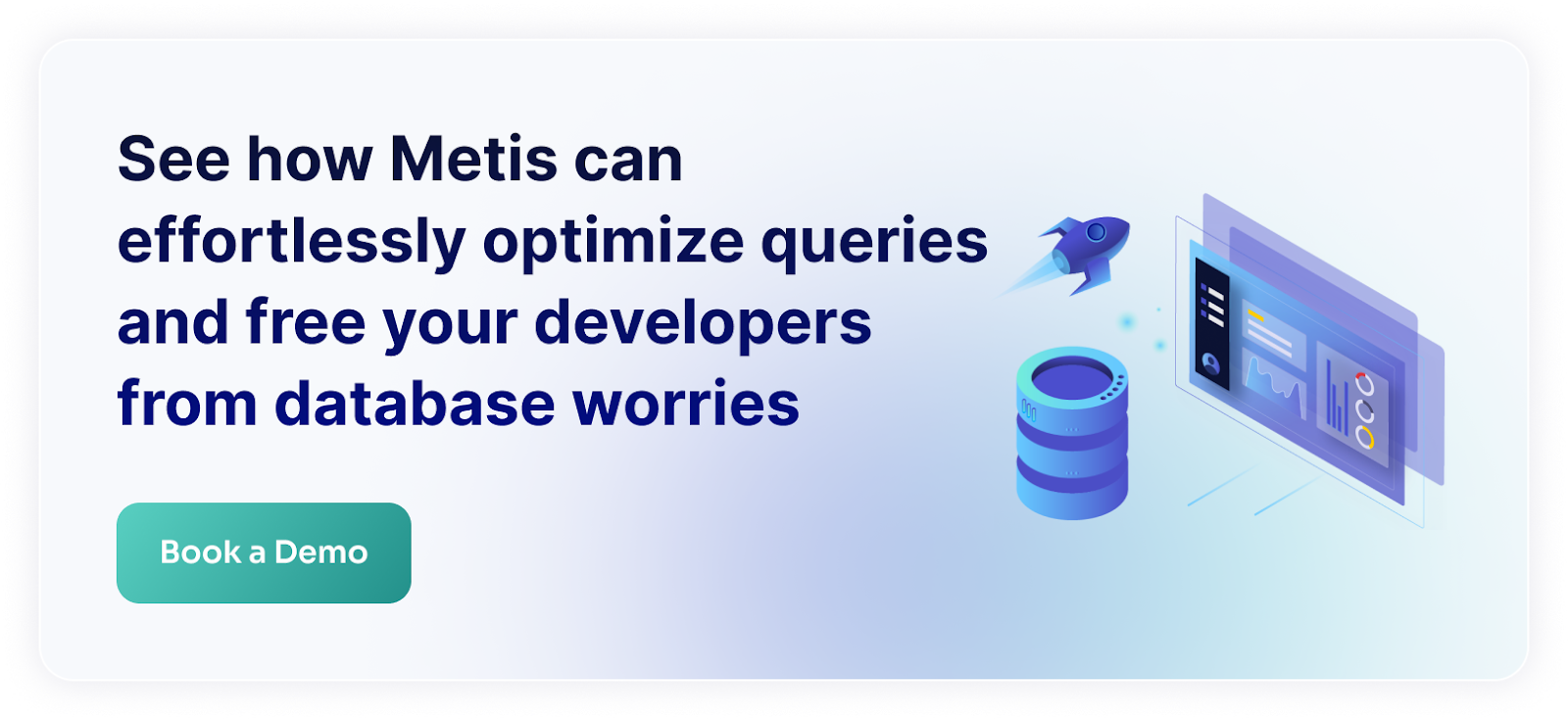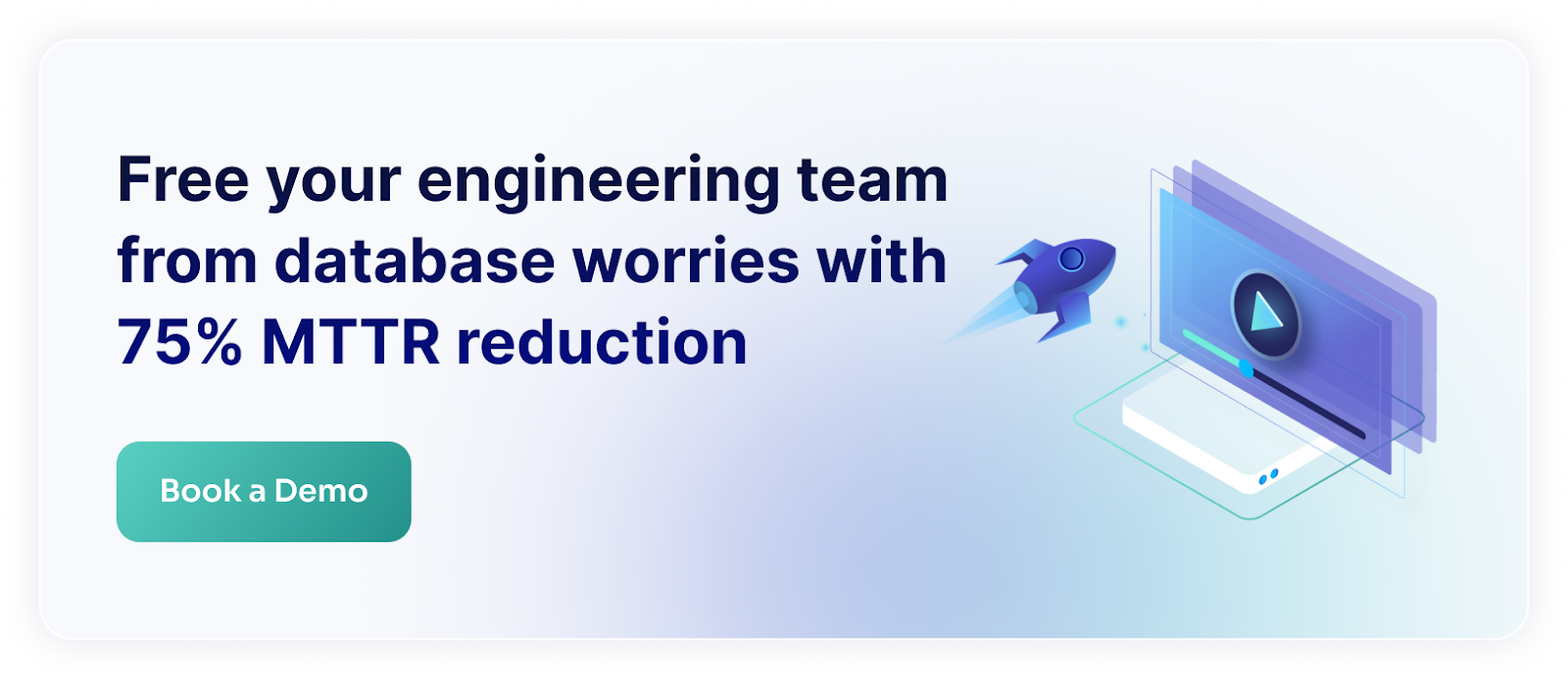DevOps changed the way how we think about software development. We moved from isolated groups to teams working together hand in hand or even self-sufficient teams capable of building and deploying the software. However, DevOps misses databases. We don’t verify database performance, we don’t check indexes or execution plans, and we don’t achieve database reliability. Let’s see what DevOps needs around databases and 3 things that developers want to have today.
Automated Checks
Developers know they make mistakes. They’ve already learned that mistakes are inevitable and it’s better to avoid them than to fix them. They developed many efficient techniques for avoiding errors. They have compilers that show them issues with their code. They have static code analysis that can find logical bugs. They run code reviews with their peers to keep high code quality. They write automated tests to make sure their applications meet the business requirements. Simply saying, they do a lot to find issues as early as possible.
Developers understand that the cost of fixing an issue they find late in the pipeline is very high. Issues identified in production or at the very end of the deployment pipeline are much harder to fix, much more expensive to diagnose, and often derail development plans. That explains why developers do a lot to find potential issues early in their pipelines. This leads to a shift-left testing movement in which we want to test everything as early as possible. Some things are easy to test and developers are good at verifying them. However, many things around databases are still not verified in CI/CD pipelines and developers would like to change that.
Professional developers look for solutions to:
- Analyze the performance of the SQL queries directly in their developers’ environments
- Verify execution plans and if the operations will scale well in production
- Assess the architecture of the application to detect problems with database access
- Build proper visibility into how databases work and how the changes in applications and ORMs affect the performance
There are no solutions in the market doing all of that. Fortunately, Metis covers all these aspects. Metis analyzes the database interaction and integrates with CI/CD to verify queries, execution plans, and architecture of the application.

Metis enriches CI/CD pipelines by automatically checking queries and schema migrations. This way, Metis prevents data loss and performance degradation.

This way, developers can move faster and trust their solutions. Metis automates all database-related aspects of the CI/CD pipeline.
Comprehensive Explanations
Developers want to understand the details of how their applications work. They use debuggers, profilers, tracers, monitors, and other observability tools to build good intuitions of how pieces of their architecture interact with each other and how they affect the overall performance.
Unfortunately, most monitoring solutions prefer quantity over quality. They focus on bringing hundreds and thousands of metrics together to compose dashboards showing them all at once. This swamps developers with data that is not needed and doesn’t bring them closer to understanding. Developers need to swift through many automated metrics from infrastructure, operating systems, runtimes, networks, and other areas of operations. However, when things break, developers can’t use these metrics to diagnose issues efficiently.

What developers need is solutions that can build a comprehensive understanding of what happened. They shouldn’t just note that the CPU spiked, but they should explain how it happened and what to do next. As noted earlier, most monitoring solutions bring the data points and consider their work done. What developers want is systems that can explain why metrics changed and how to react.
Metis takes a different approach. Metis understands metrics and signals and builds comprehensive explanations of what happened and what to do next. Metis explains that the CPU spiked because of the SQL query change that was deployed last week and that we need to rebuild an index to improve the performance.

Metis analyzes schemas, indexes, extensions, configurations, and all database internals.

Developers can use Metis to finally see what’s going on in the database and how they can affect the performance.
Automated Troubleshooting
Developers have a lot on their plates. They don’t want to do repetitive boring tasks and they want to automate all manual steps. Unfortunately, troubleshooting is very hard to automate.
Issues around databases are very hard to diagnose and debug. Debugging often requires an understanding of the whole ecosystem, all moving parts, and how they affect each other. This requires understanding CI/CD, code changes, database internals, networking, storage, and implementation details. Developers look for solutions that can troubleshoot all these elements automatically.
Metis is the only solution that connects data points from the whole software development life cycle to provide automated troubleshooting. Metis provides actionable insights and actual commands that need to be executed to fix the issues. Metis can take that even further by submitting changes automatically so the developers just need to approve the changes.

Metis gives developers the ability to focus on higher-level tasks instead of low-level debugging. Metis automates all their work and the developers just need to approve changes and move on.
Summary
We all need to work on improving the DevOps. We learned that it’s beneficial to bring developers and operation teams together to move faster. However, databases are still out of this picture.
We need to change how developers work. To do that, we need to install Metis to get automated checks, comprehensive observability, and actionable troubleshooting. Metis lets developers do their work and uplevel their DevOps pipelines.







